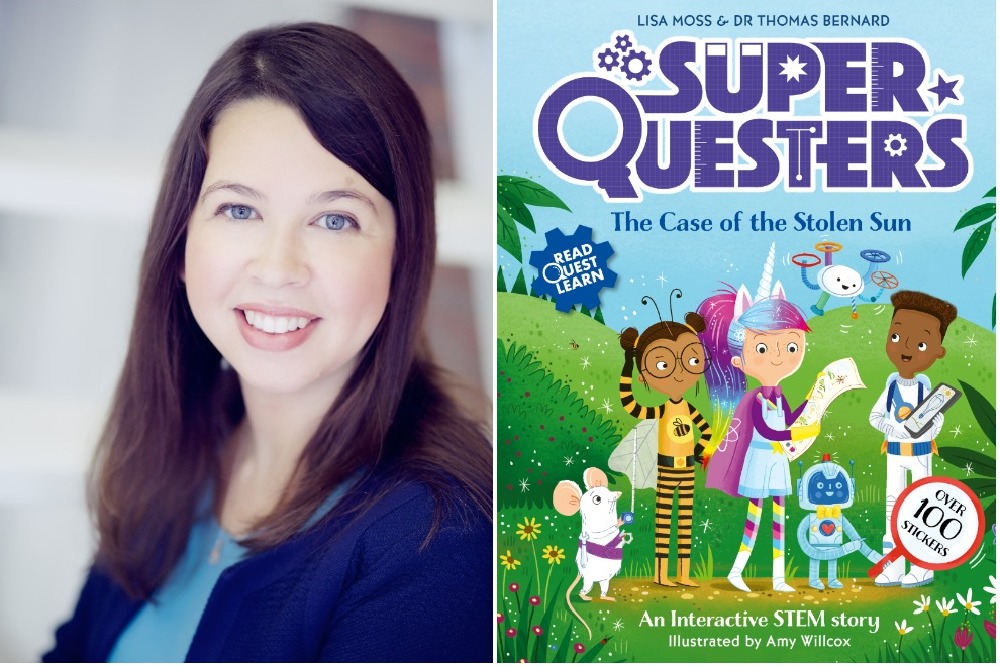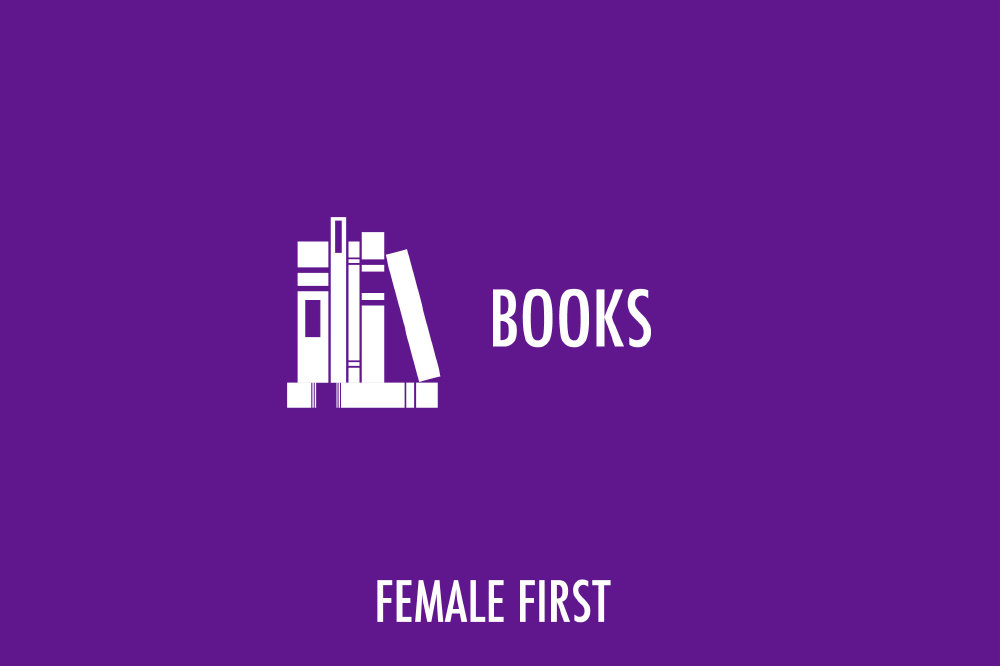Shortly after our twin daughters were born in 2014, Thomas (my husband) and I started to look for ways to begin nurturing and developing their curiosity and foundational STEM skills. We found a lack of options available especially for children younger than 8 years old. And most of the options that were available were limited and depicted stereotypical lead characters or role models such as young boys in a white lab coat. We felt it was time for all young children to see that STEM is something for them regardless of gender, ethnicity or socioeconomic backgrounds or abilities. This was the starting point for QuestFriendz and our overarching mission.

Lisa Moss, Superquesters
Our personal vision is to help bring STEM (Science, Technology, Engineering, Mathematics) learning to the mass, so that every young child sees that STEM is for them and that they are eager and open to start on this learning journey from a young age. We want children to feel STEM learning is possible and accessible for everyone.
Our QuestFriendz story simply started because our own daughters asked us questions from a very young age about science and how things worked in the world around them. From a young age, they started to associate certain types of toys and professions with a particular gender. We wanted to help them to overcome both the gender bias and help them to develop their problem solving, critical thinking and computational thinking skills.
So much of what we do in our everyday lives at home and at work is related to STEM – for example, if we’re preparing a hard boiled egg then sometimes it comes out too soft with runny yolk, and other times it might be overcooked. STEM learning is about identifying these small mistakes and learning from them. If the egg was too runny then we know that next time we’ll need to cook it for a bit longer and we can keep experimenting until we get it right. It’s about the cycle of continuous improvement and refinement through experimentation and reflection.
Even getting dressed in the morning requires us to use our STEM skills – we know that our pants go on our legs, our sweater goes on our core and we can use our sequencing skills to make sure we put on our clothes in the correct order. For example young children are already learning critical sequencing skills when they learn to put their underwear on before their pants and their socks on before their shoes.
As per the egg example, the kitchen is a great setting for helping children to develop their STEM skills. We often bake with our children and we encourage them to choose a recipe and break it down into small parts (or steps) so that the larger challenge (e.g. baking a cake) becomes achievable and more manageable.
Our SuperQuesters launch series has been carefully conceived to inspire a love of STEM learning and to help change children’s perceptions about science and engineering with aspirational, confident and diverse superhero characters key to this. SuperQuesters: The Case of the Stolen Sun, is the first instalment in the unique new series published on 3 May 2022, written by myself and my husband Dr Thomas Bernard (illustrated by Amy Willcox). The QuestFriendz website features a wealth of STEM activities and resources for use in the home or school setting (www.questfriendz.com/books)


